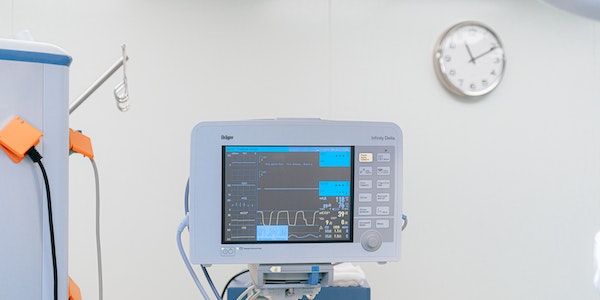
In the ever-evolving landscape of healthcare, the “Golden Hour” has emerged as a critical time frame in acute heart attack cases. This vital sixty-minute window, following the onset of a heart attack, represents a race against time to provide immediate medical intervention. In this article, we explore the profound importance of the Golden Hour in acute heart attack cases and how it continues to revolutionize emergency cardiac care, saving countless lives in the process.
An acute heart attack, or myocardial infarction, occurs when a coronary artery becomes blocked, leading to a sudden disruption of blood flow to a portion of the heart muscle. The heart muscle, deprived of oxygen and nutrients, starts to suffer irreversible damage. The severity of the damage depends on the duration of the ischemic period before the artery is reopened.
The term “Golden Hour” emphasizes the critical need for prompt action in acute heart attack cases. During this crucial hour, rapid medical intervention can significantly impact the patient’s prognosis, minimize complications, and improve long-term outcomes. The sooner appropriate treatments are initiated, the greater the chances of preserving heart muscle function and saving lives.
Early recognition of heart attack symptoms and immediate response are key to optimizing patient outcomes. Public awareness campaigns and education on heart attack symptoms play a crucial role in empowering individuals to identify warning signs promptly.
Common symptoms include chest pain or discomfort, shortness of breath, nausea, cold sweats, and pain radiating to the arms, back, neck, or jaw.
Emergency Medical Services (EMS) play a pivotal role in the Golden Hour by providing timely and efficient pre-hospital care. EMS responders are trained to quickly assess and stabilize heart attack patients, initiate oxygen therapy, administer medications, and transport the patient to a specialized cardiac facility for further treatment.
Restoring blood flow to the affected heart muscle is the primary objective during the Golden Hour. Two main reperfusion strategies are employed: thrombolytic therapy and primary percutaneous coronary intervention (PCI). Thrombolytic therapy involves administering clot-busting medications to dissolve the obstructing blood clot. PCI, on the other hand, involves mechanically reopening the blocked artery using a catheter and stent.
Out of the two reperfusion strategies, the superior mode of delivering the treatment is doing a primary angioplasty of the blocked artery. Thrombolytic therapy has a high failure rate. But urgent coronary angiography and primary angioplasty within six hours of chest pain, carries much better outcome and preservation of cardiac function. The procedure can be extended up to twelve hours in certain circumstances. Therefore, primary angioplasty is the treatment of choice, if onsite facilities are available.
Studies consistently demonstrate that the time from symptom onset to reperfusion is directly correlated with patient outcomes. Those who receive correct treatment within the Golden Hour have higher survival rates and experience fewer complications.
Prompt medical intervention reduces the extent of heart muscle damage, lowers the risk of heart failure, and improves the patient’s overall quality of life.
In acute heart attack cases, the Golden Hour represents a race against time, where every minute counts. Rapid recognition of symptoms, prompt activation of emergency services, and swift access to appropriate medical care are crucial for saving lives and minimizing long-term complications. Public education on heart attack symptoms and the importance of early intervention is vital to ensuring more individuals receive timely treatment during this critical window. Emphasizing the significance of the Golden Hour in acute heart attack cases will continue to be instrumental in reshaping emergency cardiac care and fostering better patient outcomes.
1 year ago

1 year ago
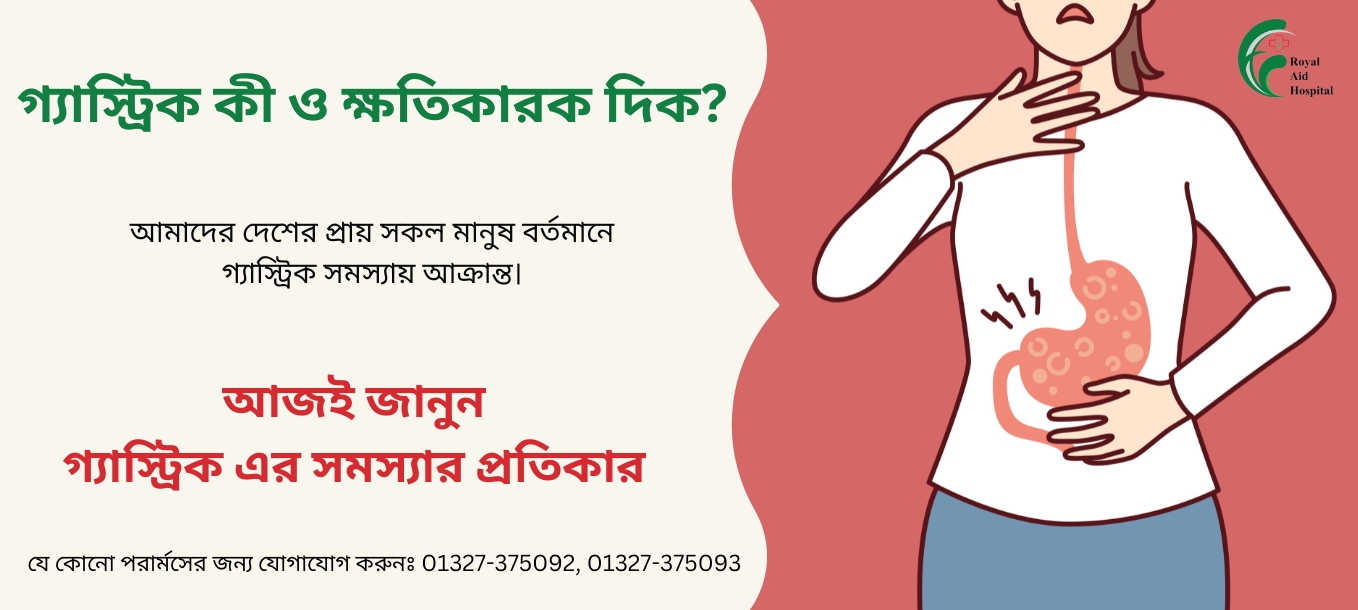
1 year ago
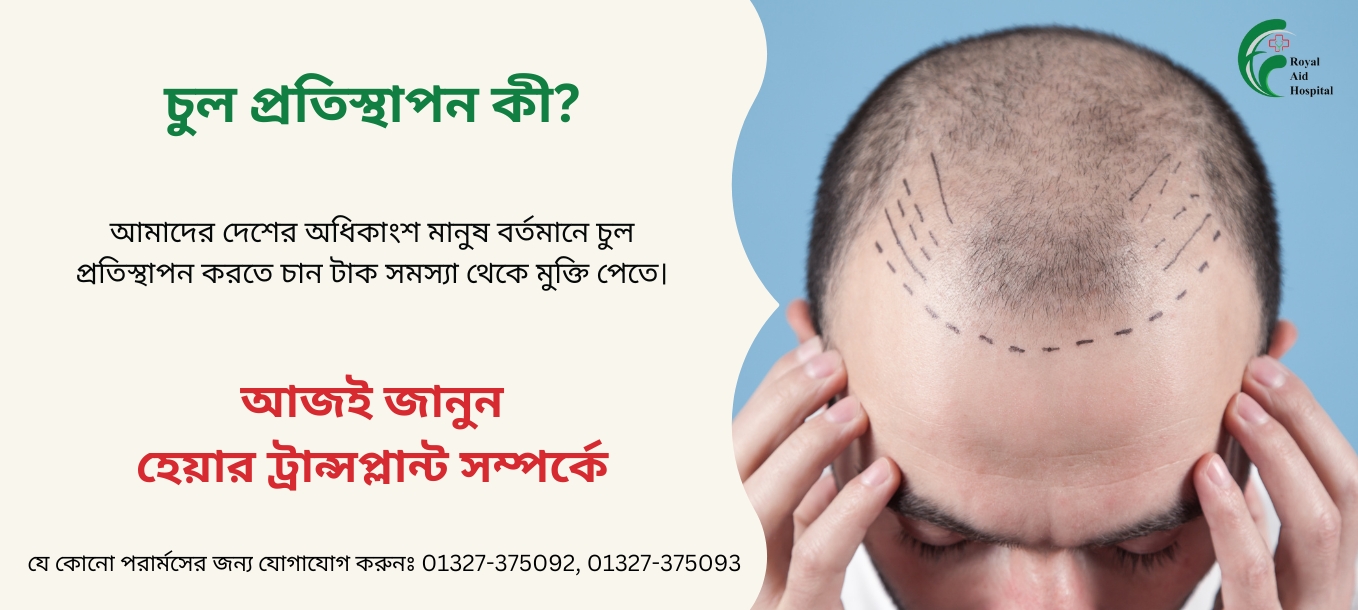
1 year ago

1 year ago
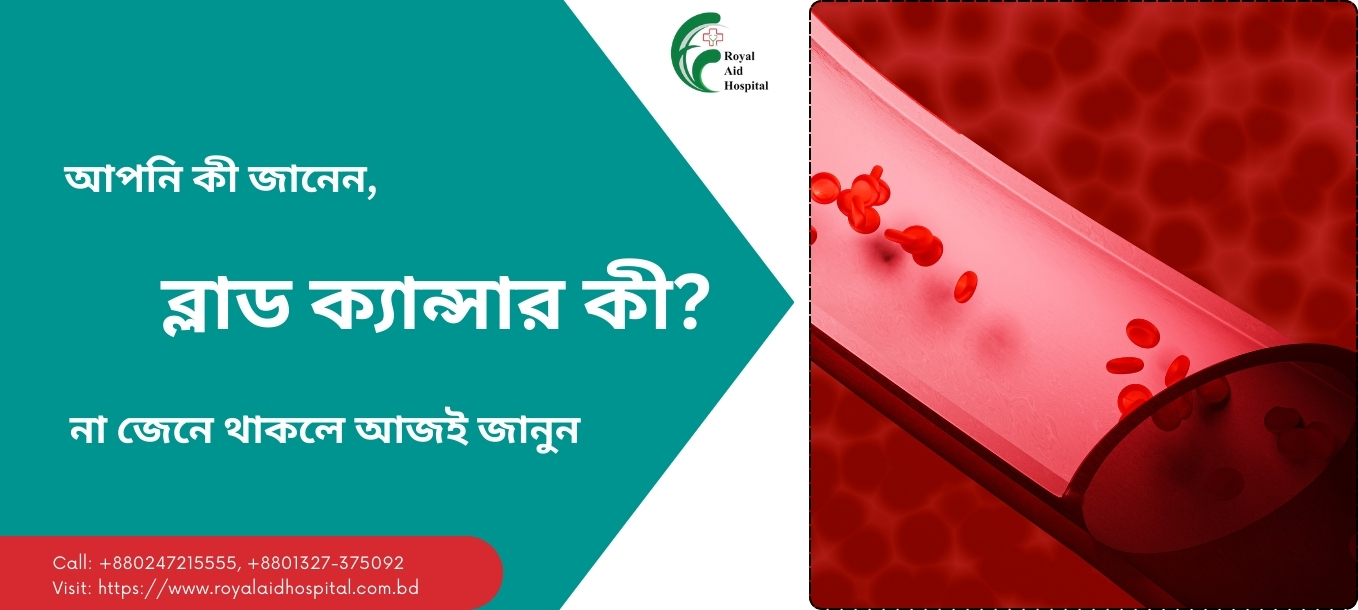
1 year ago

1 year ago

1 year ago
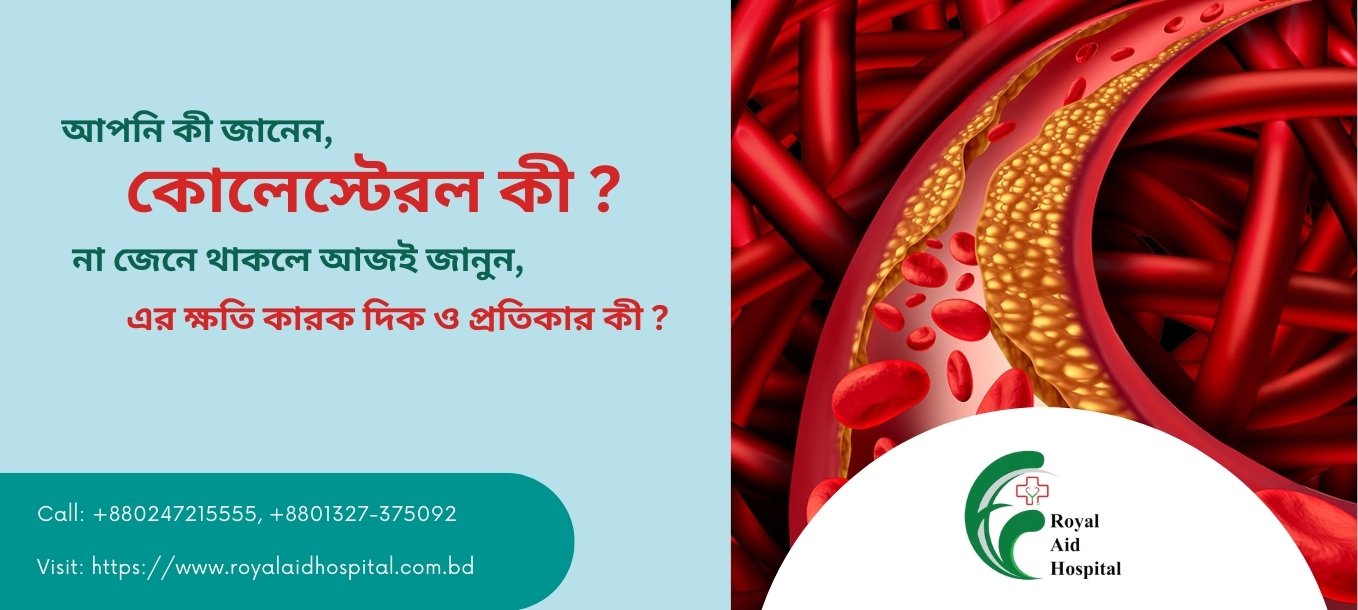
1 year ago
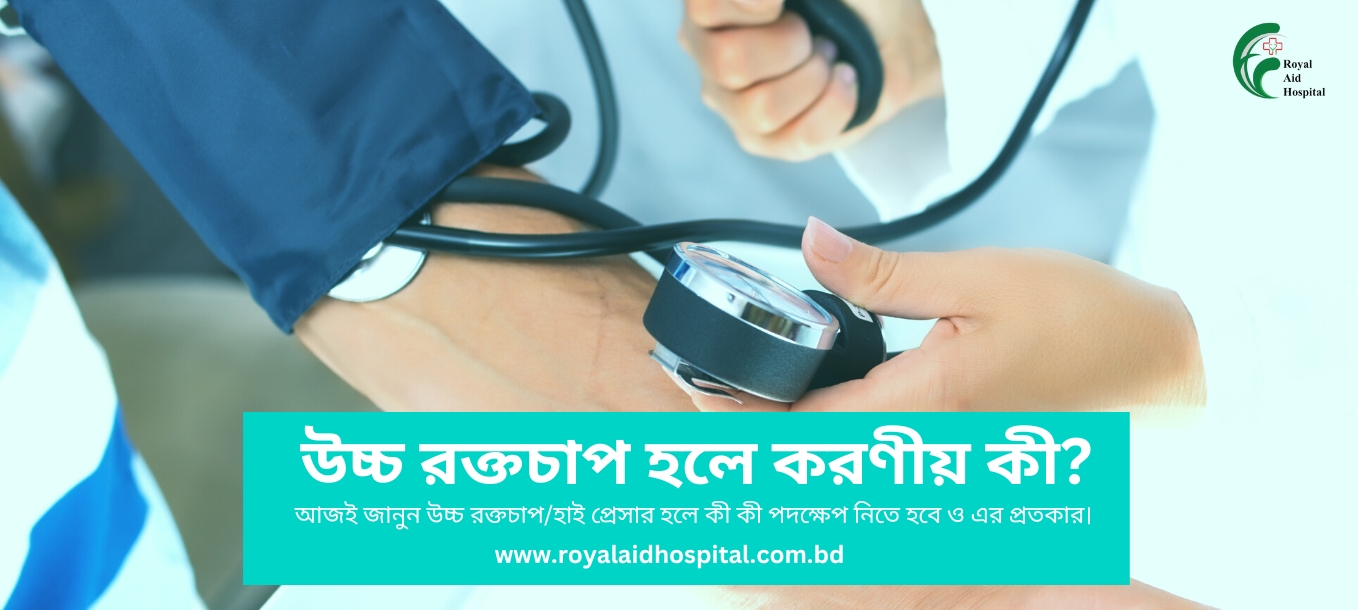
1 year ago
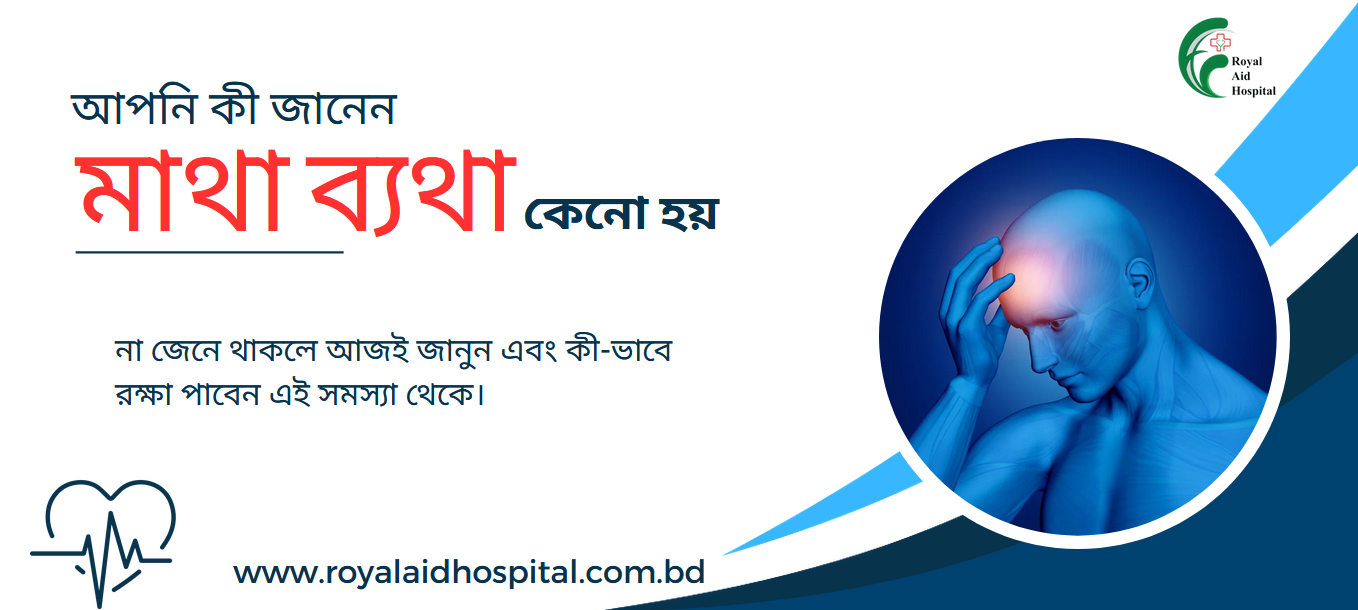
1 year ago
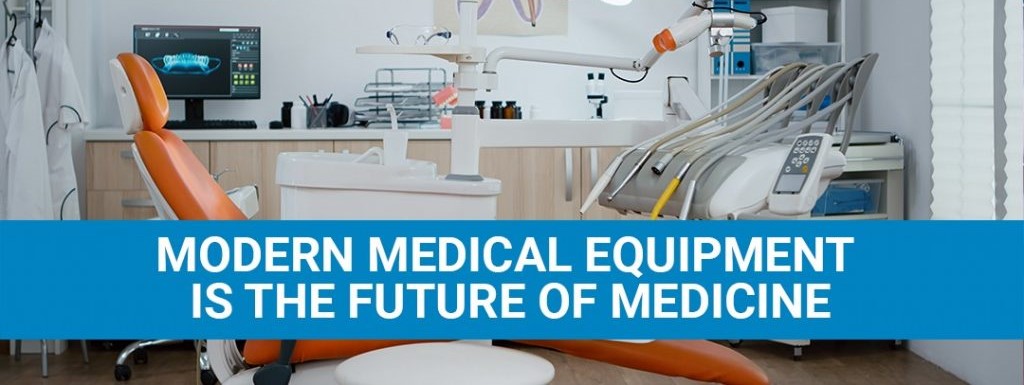
1 year ago
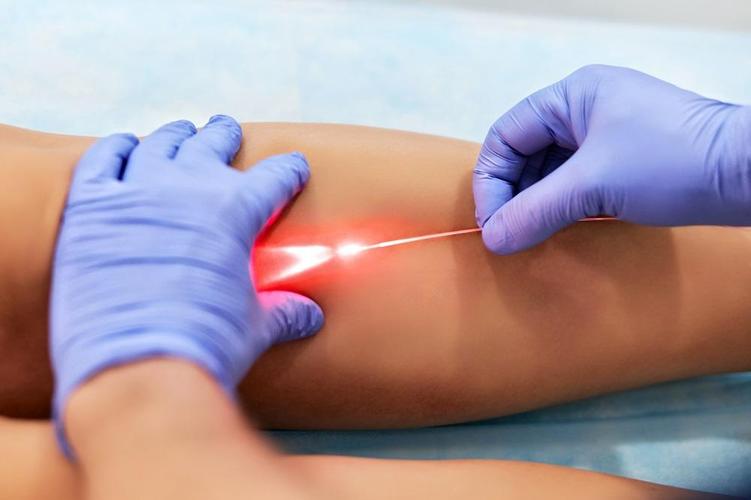
1 year ago

1 year ago

1 year ago

1 year ago
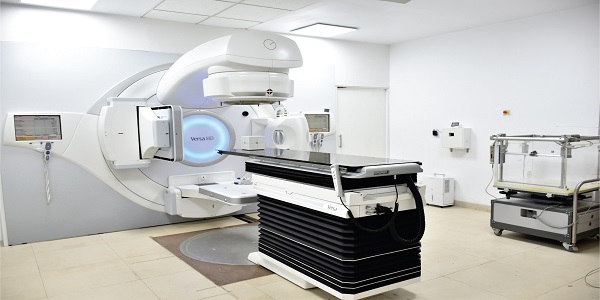
1 year ago

1 year ago
